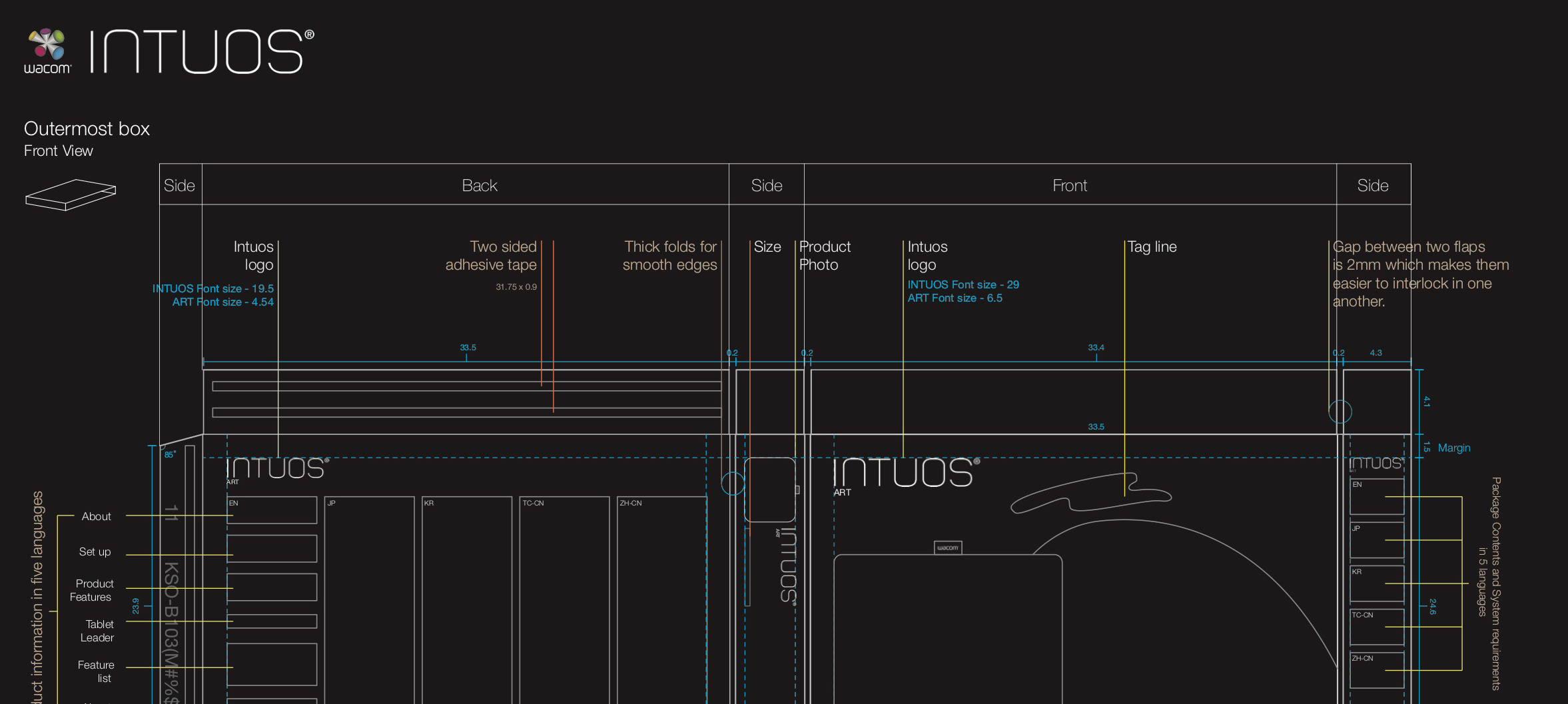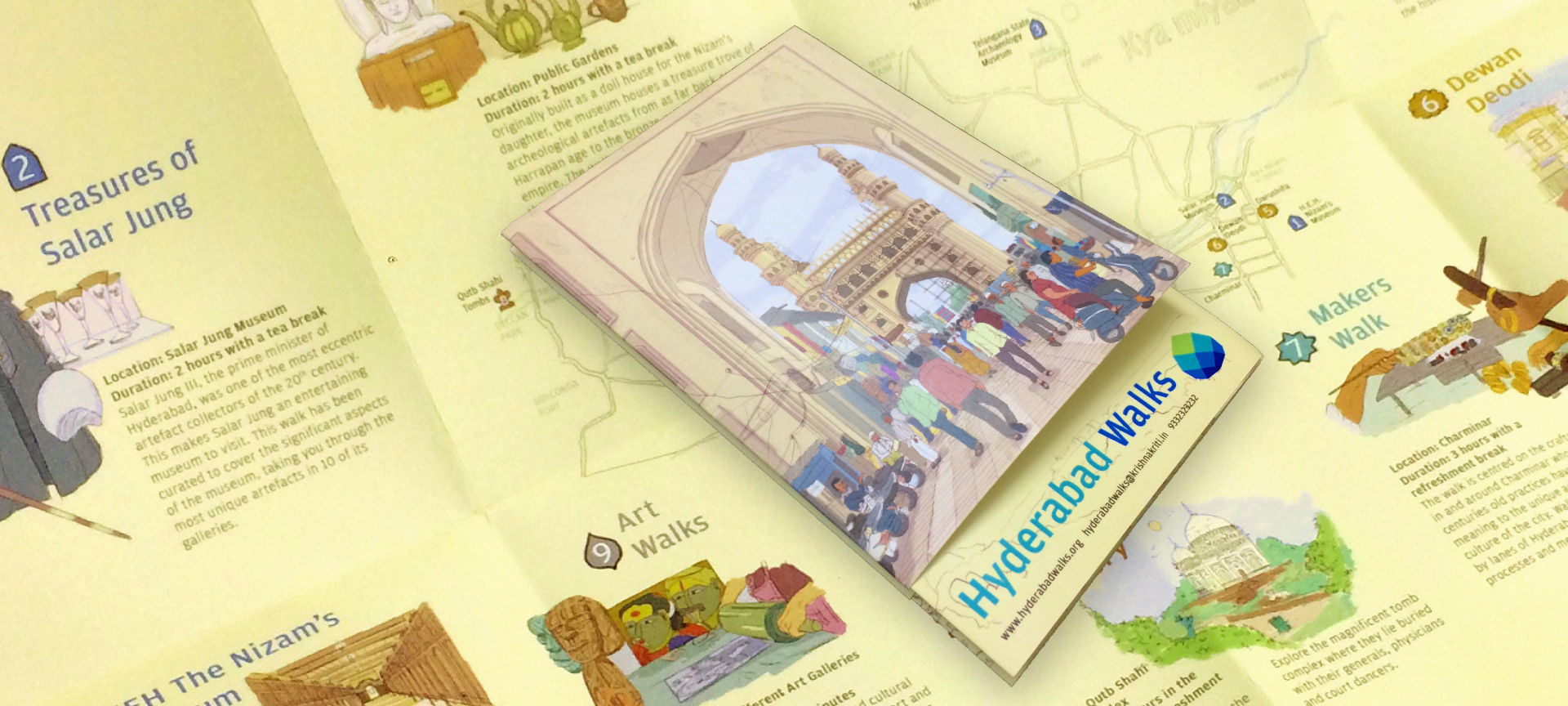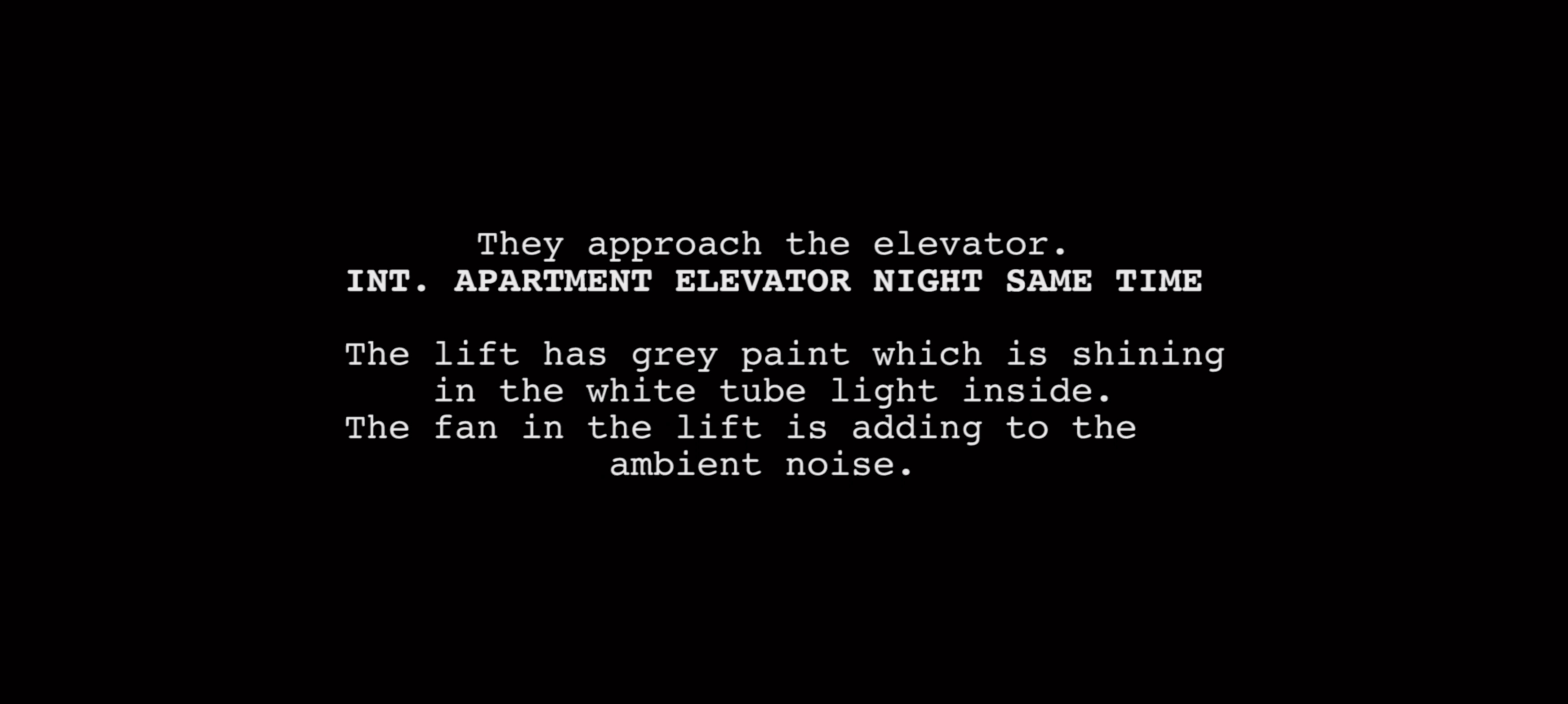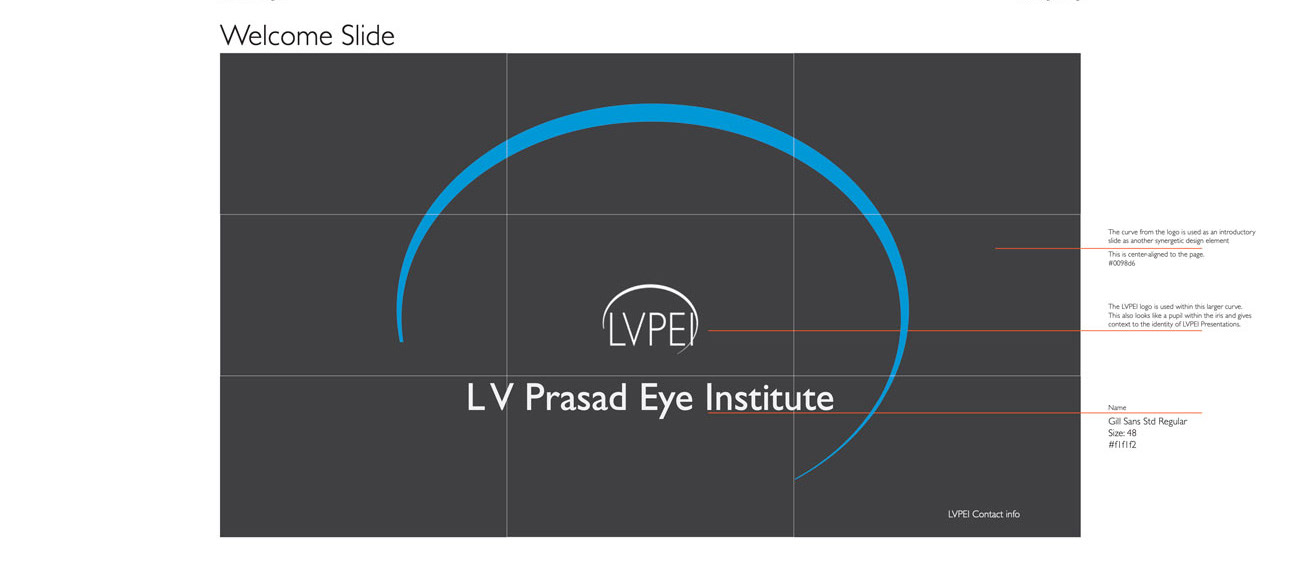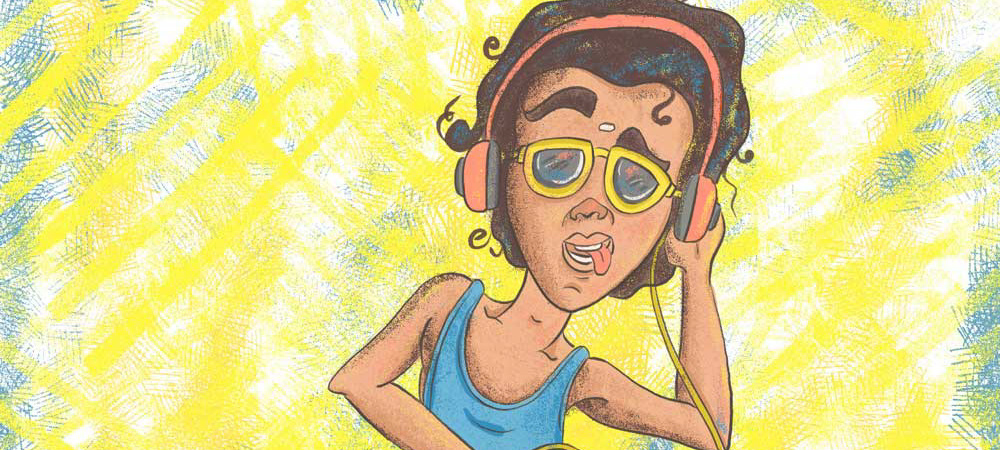If emphasised it ‘stand out’ from a de-emphasised background.
Perception is omnipresent and even a partial view of an object is sufficient for its identification.
Observed physical change

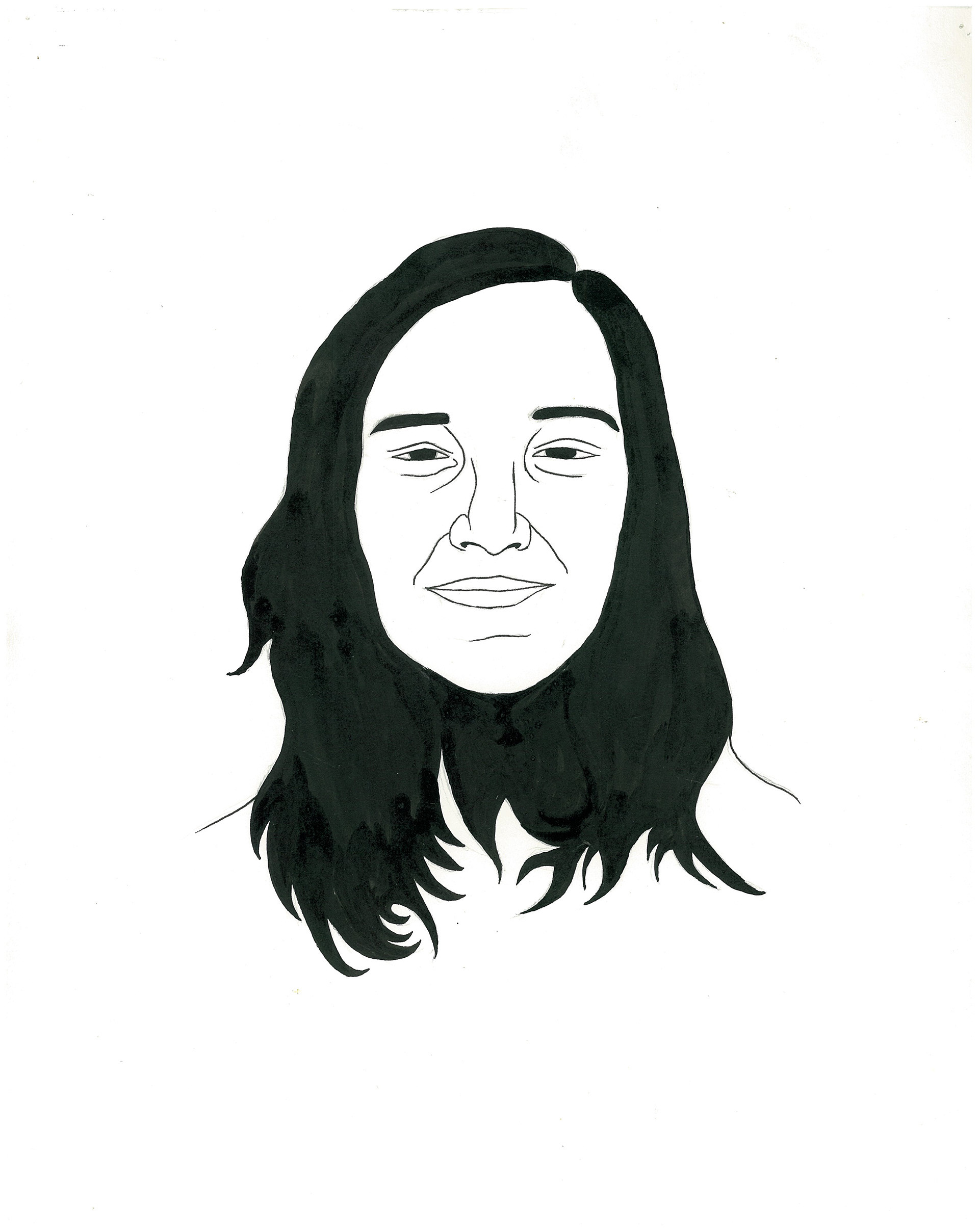

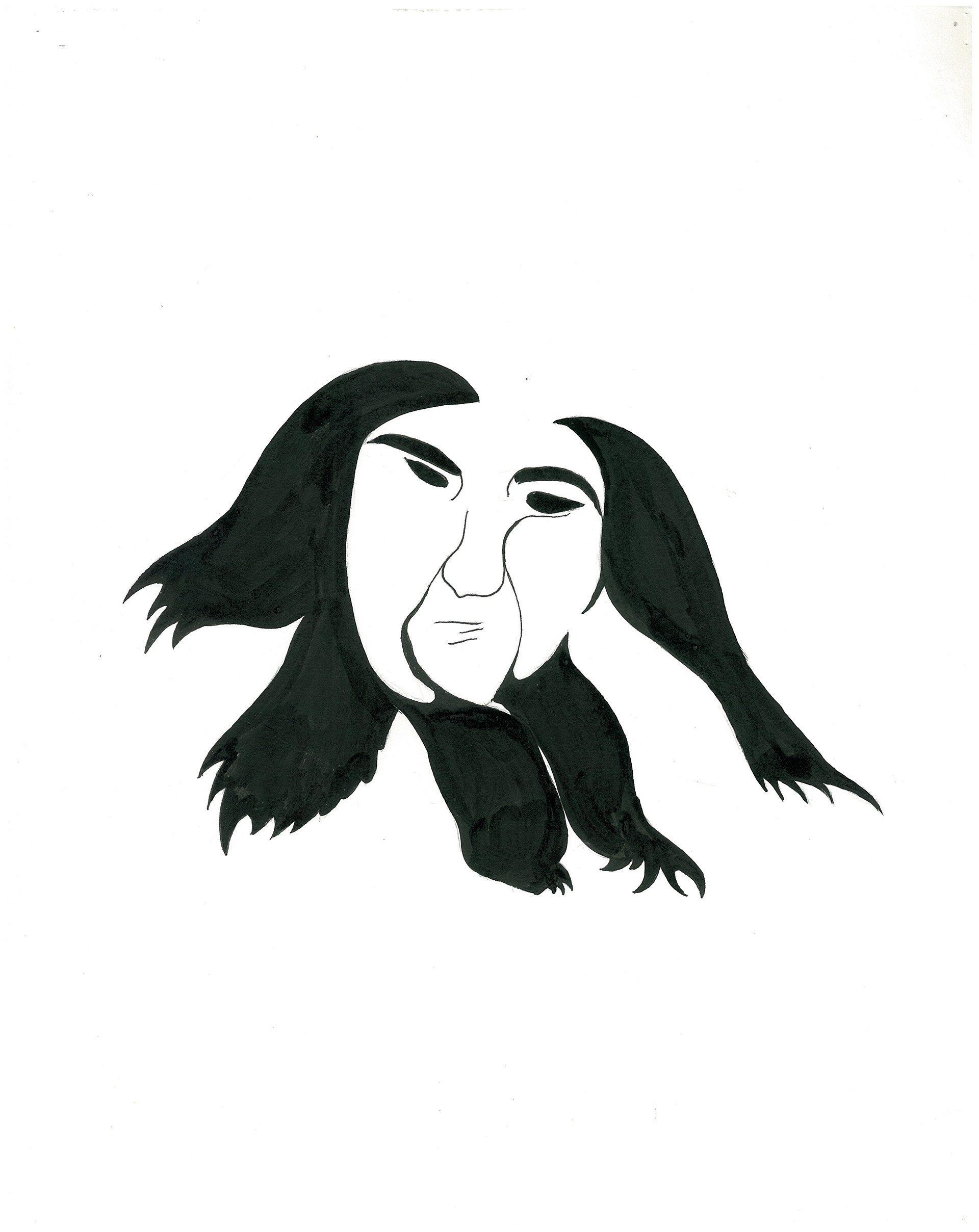

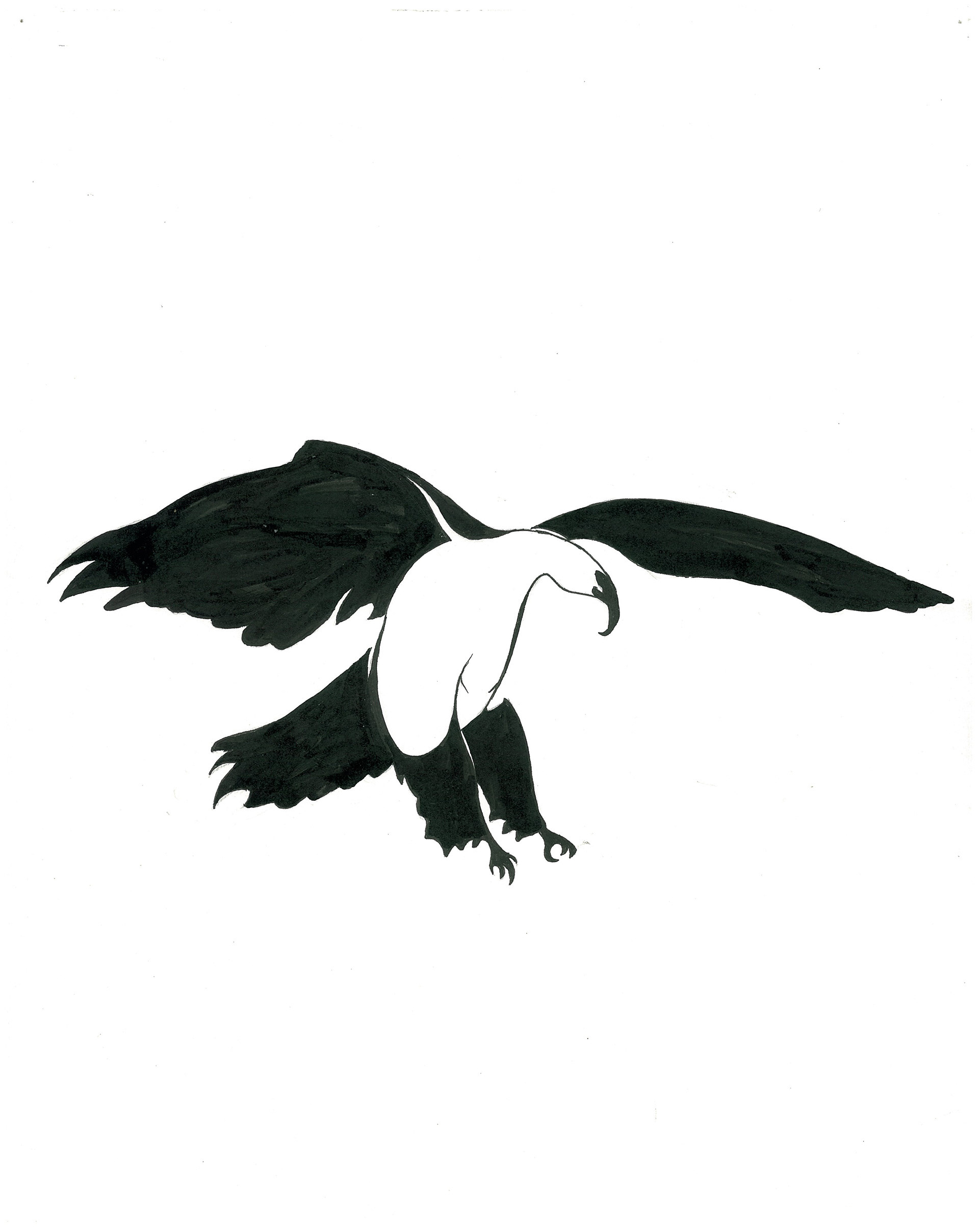
Interchange of figure and ground
Mind always looks for figures against an ambiguous ground. Mind can discover qualities of a figure in the ground as well.
Certain compositional treatments and graphical processes (eg; zooming, panning, rotation, morphing etc.) can provide a surprising experience of such interchange.
In any manmade system change take place due to evolution of concepts,
Form and its context –2: Visual and verbal narration
connecting the unconnected by verbal means
Individual sets of contexts tells different story in themselves, if put together mind struggle and try to form connections and a sequence among them.
Mind moves from one scene to another and form a link by a thought or a story.
Because of the conventions and attributes, objects also stand as symbols relating to human conditions.
A twist in the appearance of a form is a visual pun.
Simile is a comparison using physical likeness between two different things Analogy is a comparison using principle likeness between two different things Metaphor is a comparison using attribute likeness between two different things

